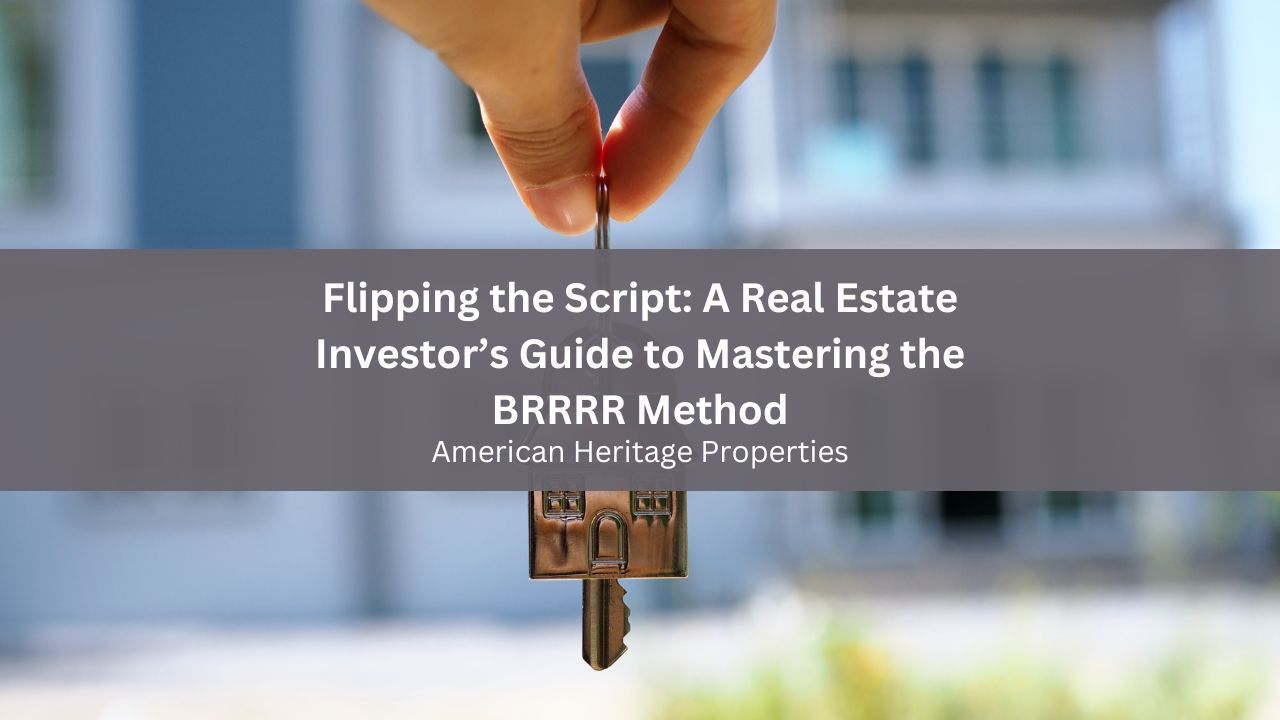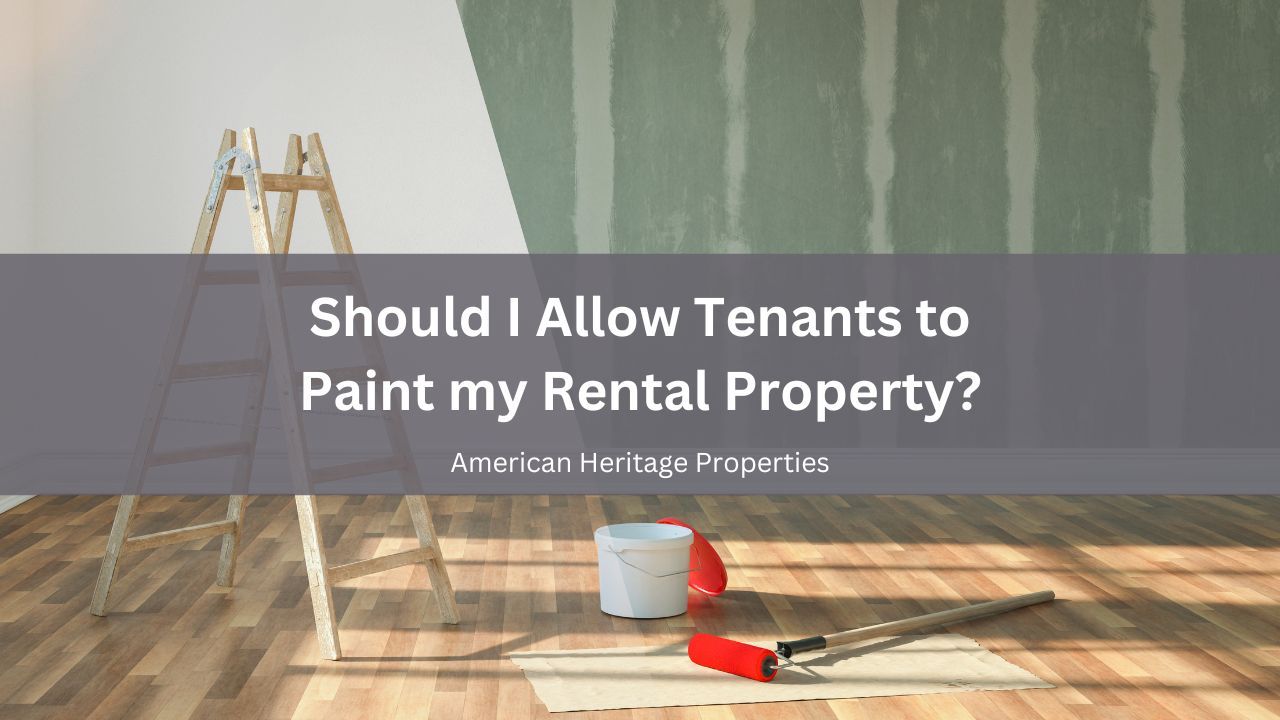Pricing Your San Diego Home to Rent

Setting the right rental price for your San Diego home is one of the most important decisions you’ll make as a landlord. A well-priced rental can ensure steady income and attract reliable tenants. As a landlord, understanding how to price your property competitively will help you maximize returns and minimize turnover.
Whether you’re a new landlord or have been in the business for years, pricing your rental property involves more than just looking at what other homes in your area are charging. You need to consider the value of your home, the expectations of potential tenants, and the rental market trends in your neighborhood. We’ve put this guide together to help you navigate the process of setting the right rental price for your San Diego property.
Understanding the Factors that Influence Rent Pricing
The following are factors that influence the price of rent:
Factor in Seasonal Trends
Rent prices can be affected by the time of year. In San Diego, the summer months often see an influx of new residents which can drive up rental demand. If your property becomes vacant during peak moving season, you may be able to charge higher rent compared to the months when the market tends to slow down. While you don’t have control over when tenants move out, you can strategically plan lease agreements to end during high-demand seasons. This approach can give you more flexibility when pricing your property and reduce the risk of long vacancies.

Evaluate Your Property’s Size and Features
When renting out a property, its size and condition are essential factors in determining how much rent you can charge. Larger homes with more bedrooms and bathrooms generally rent for more than smaller units. However, you also need to consider the overall condition of the home. Newly renovated properties with modern kitchens, updated bathrooms, and energy-efficient appliances tend to be more appealing to renters and can justify higher rent.
Location is Key
One of the most significant factors influencing rental prices is the location of your property. San Diego is a diverse city with a wide range of neighborhoods, each offering different living experiences and conveniences. Homes closer to downtown areas tend to command higher rental prices because of their proximity to business hubs, nightlife, and beaches. On the other hand, properties located in more suburban areas may appeal to tenants looking for more space or a quieter lifestyle.
When setting your rent, consider the amenities and attractions nearby. Homes near schools, parks, grocery stores, and public transportation usually attract more tenants, allowing you to charge higher rent. You should also be aware of the general demand for rentals in your area. High-demand areas with fewer rental units available will naturally allow you to set higher rent, while properties in neighborhoods with more rental options may require more competitive pricing.

Additional features like a private yard, garage, swimming pool, or on-site laundry can also impact how much tenants are willing to pay. Remember, tenants are often willing to pay more for conveniences that improve their quality of life, so take these features into account when setting your price.
Consider the Local Rental Market
Another critical step in pricing your property is understanding the local rental market. Rental rates vary based on the supply and demand. When there’s high demand and low supply, rents tend to rise. Conversely, if there are more rental units than there are tenants, rental prices may decrease as landlords compete to attract tenants.
Researching comparable properties, or “comps,” is a good way to see how similar homes in your area are priced. Look for residential rental properties of similar size, condition, and features in your neighborhood. Online platforms can provide valuable data, or you can work with a property management company to get a more accurate market analysis. By staying informed about local trends, you can ensure that your property is priced appropriately for current market conditions.
Set Realistic Rent Increases
Once your property is rented out, it’s important to consider how you’ll approach rent increases in the future. While you want to maximize income, sudden and substantial rent hikes can lead to tenant dissatisfaction and turnover. Gradual increases are usually more acceptable to tenants and can help cover rising costs such as property taxes, maintenance, or inflation.

Determine if rent control applies to your home based on state and local laws. If they do apply then they may place limits on how much you can raise the rent each year. Under the current statewide rent control law, landlords can increase rent by up to 5% plus the local rate of inflation, but it cannot exceed 10% in a 12-month period. Adhering to these regulations is crucial to prevent any potential legal complications.
Work with a Property Management Company
Setting the right rental price involves time, research, and a deep understanding of the local market. Many landlords find it beneficial to work with a property management company that has the experience and resources to accurately price properties. A management company can conduct a comparative market analysis, handle tenant screening, and assist with property marketing, ensuring your home is rented quickly and at the right price. By partnering with professionals, you can avoid costly pricing mistakes and ensure that your San Diego rental property remains competitive and profitable.
Bottom Line
Pricing your San Diego home for rent requires a careful evaluation of multiple factors, including location, property size, market trends, and seasonal demand. Understanding these aspects helps you set a competitive rent that attracts quality tenants and ensures steady income. By researching local comps, staying informed on market conditions, and factoring in special features and amenities, you can confidently set a price that maximizes your return while minimizing vacancies.
American Heritage Properties is here to help landlords navigate the complexities of pricing their rental properties. With years of experience in the San Diego market, we offer professional management services to ensure your property is rented quickly and at the right price. Contact us today to learn more about how we can assist you in managing your rental property effectively!
Share this post









